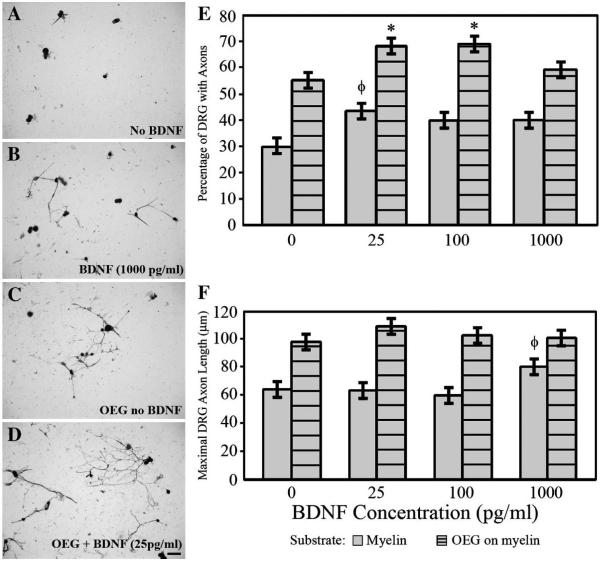Figure 7. Addition of BDNF promotes DRG axon outgrowth on myelin.
A–B: Exogenous BDNF (B; 1000 pg/ml) increased axonal outgrowth compared to outgrowth without BDNF on a myelin substrate (A). DRG are identified with anti-β-tubulin.
C–D: Addition of low levels of BDNF (D; 25 pg/ml) to OEG/DRG co-cultures enhanced the percent of neurons that extended processes. Scale A–D = 50 μm.
E: BDNF significantly increased the percentage of neurons growing processes on myelin alone (25 pg/ml) and in the presence of OEG (25 and 100 pg/ml). Data represent mean values ± SEM.
*Addition of BDNF (25 and 100 pg/ml) in OEG/DRG co-cultures is significantly different from those without additional BDNF (P < 0.02). ΦAddition of BDNF (25 pg/ml) on a myelin substrate is significantly different from myelin without additional BDNF (P < 0.01).
F: Adding BDNF does not significantly alter the average maximal axon length on myelin with or without OEG compared to no additional BDNF. ΦAddition of BDNF (1000 pg/ml) on myelin alone is significantly different from myelin with the addition of 100 pg/ml of BDNF (P < 0.02).

